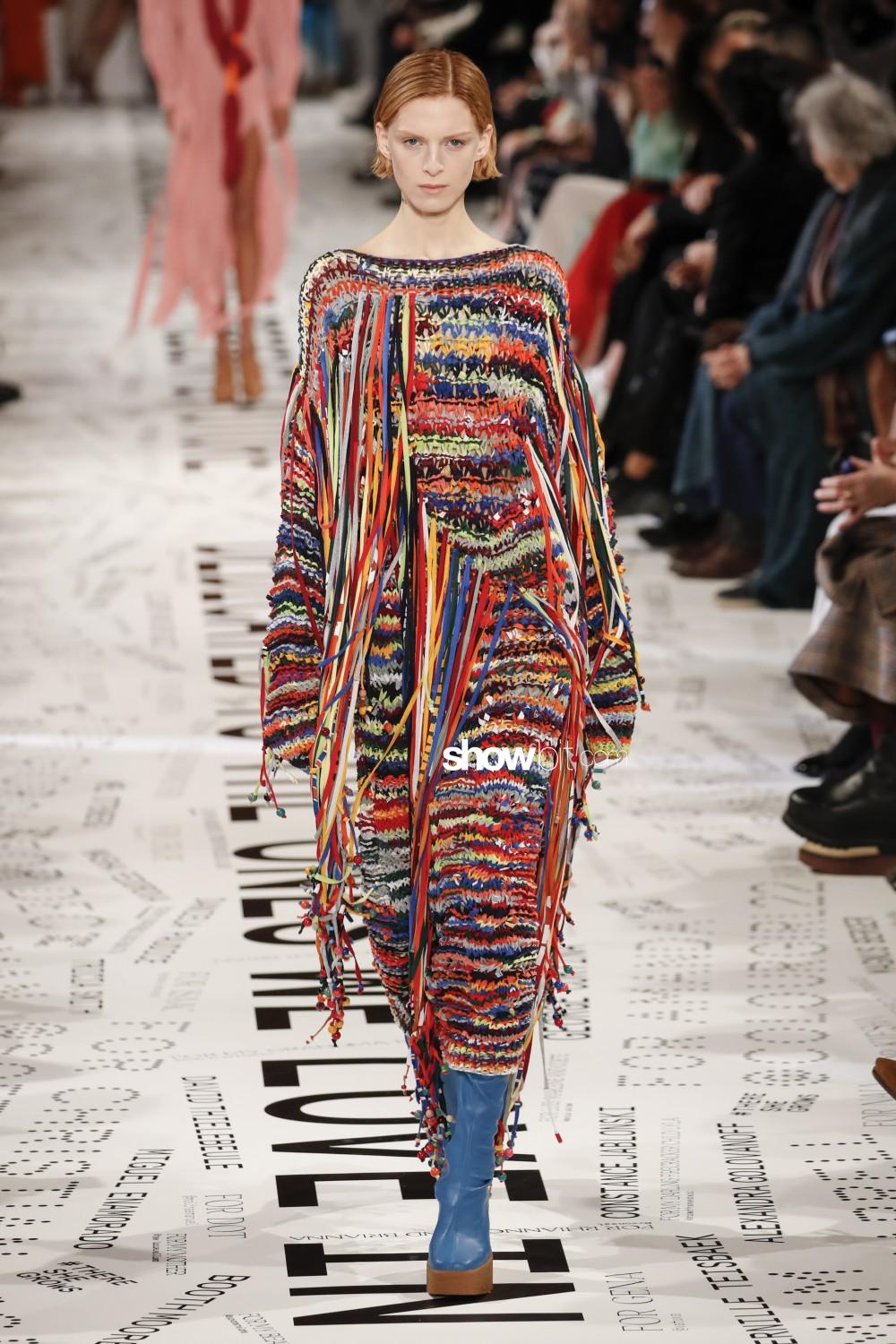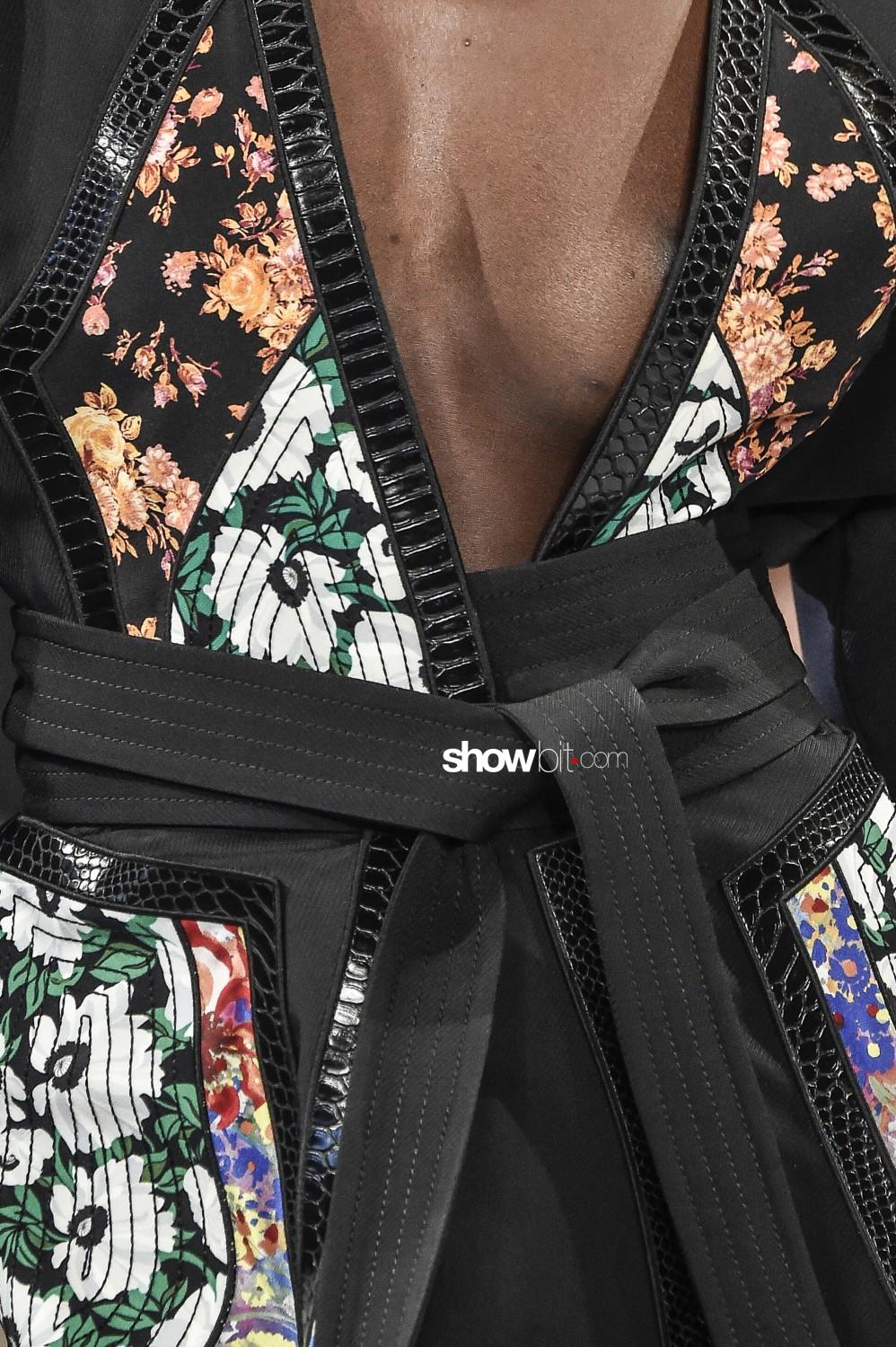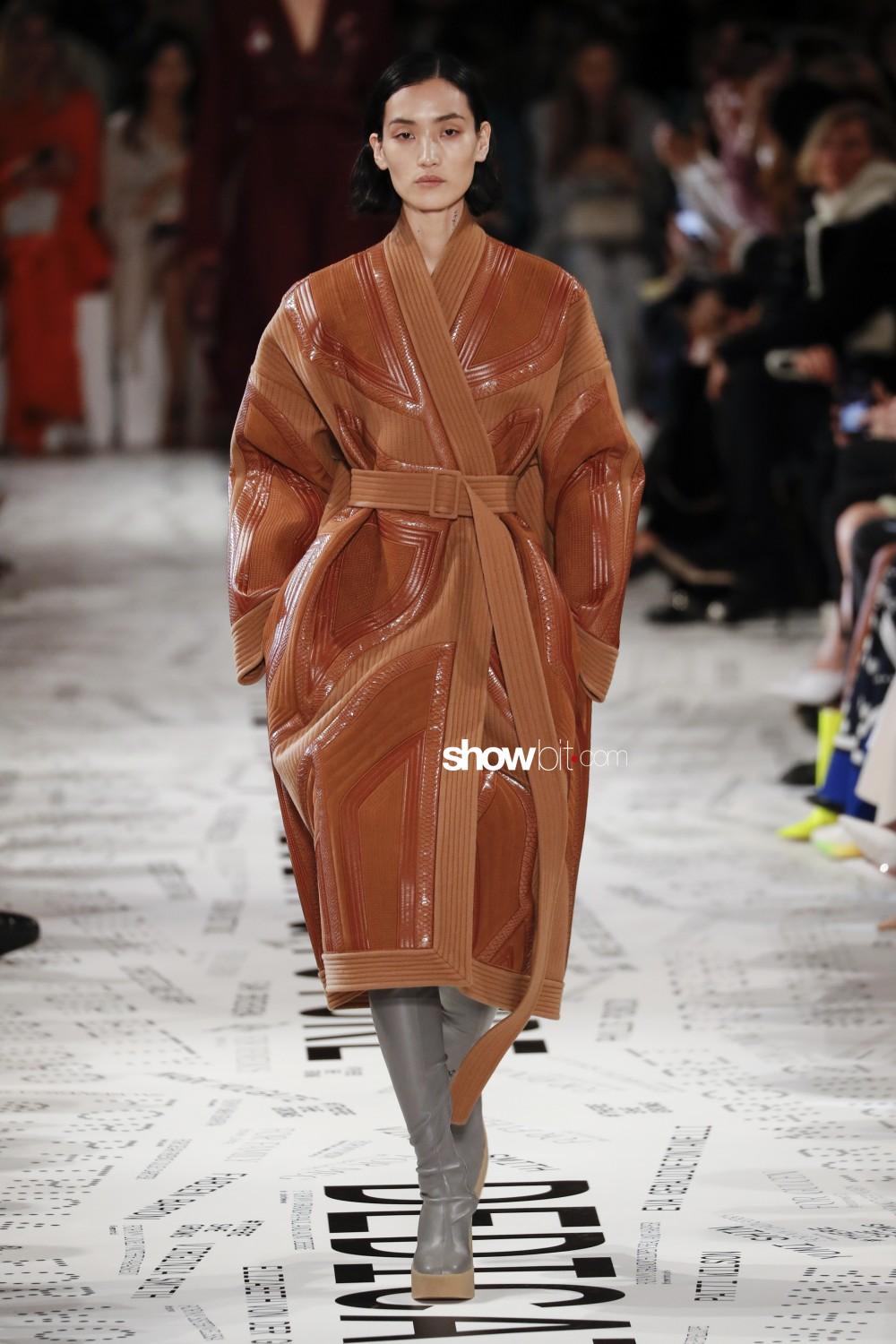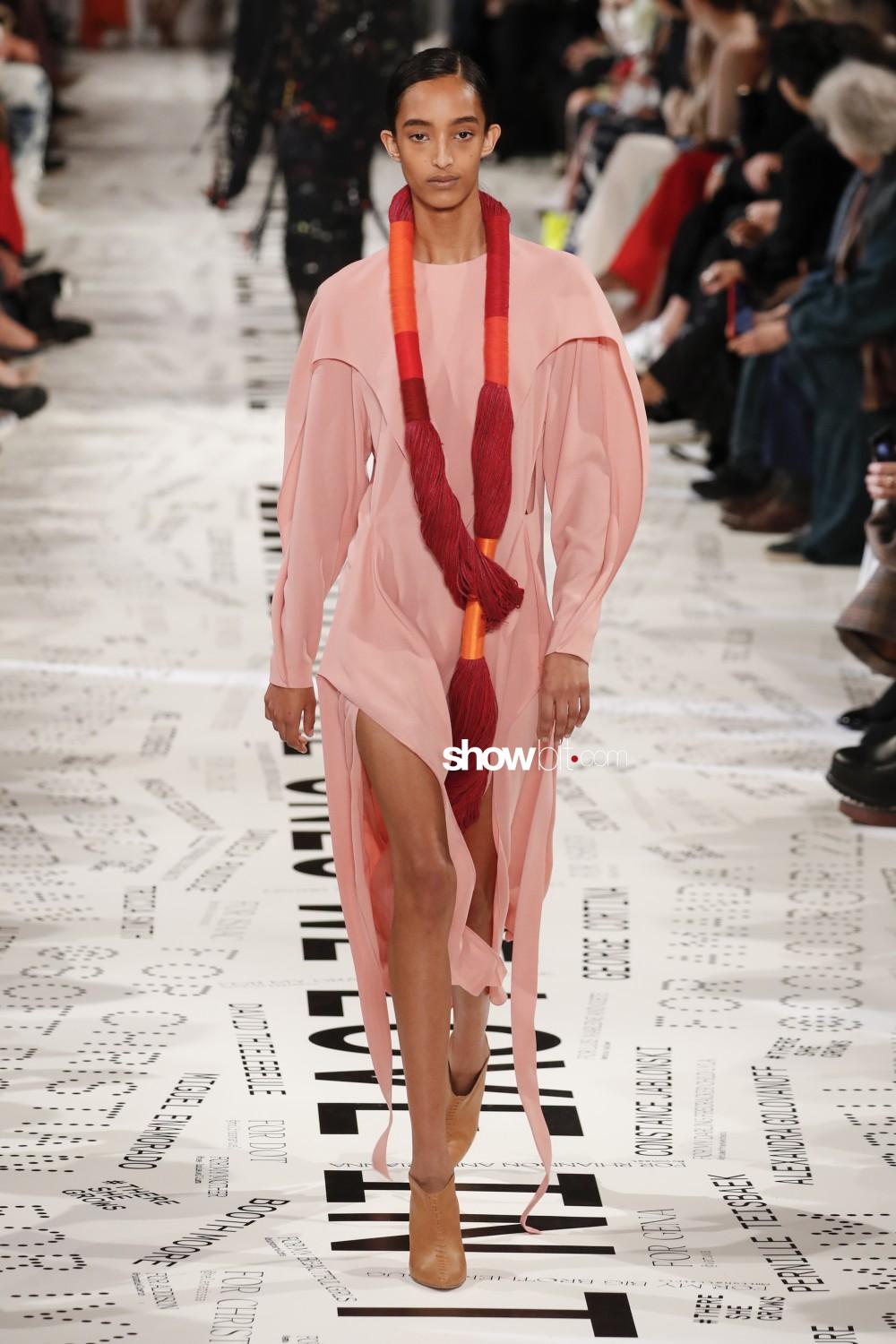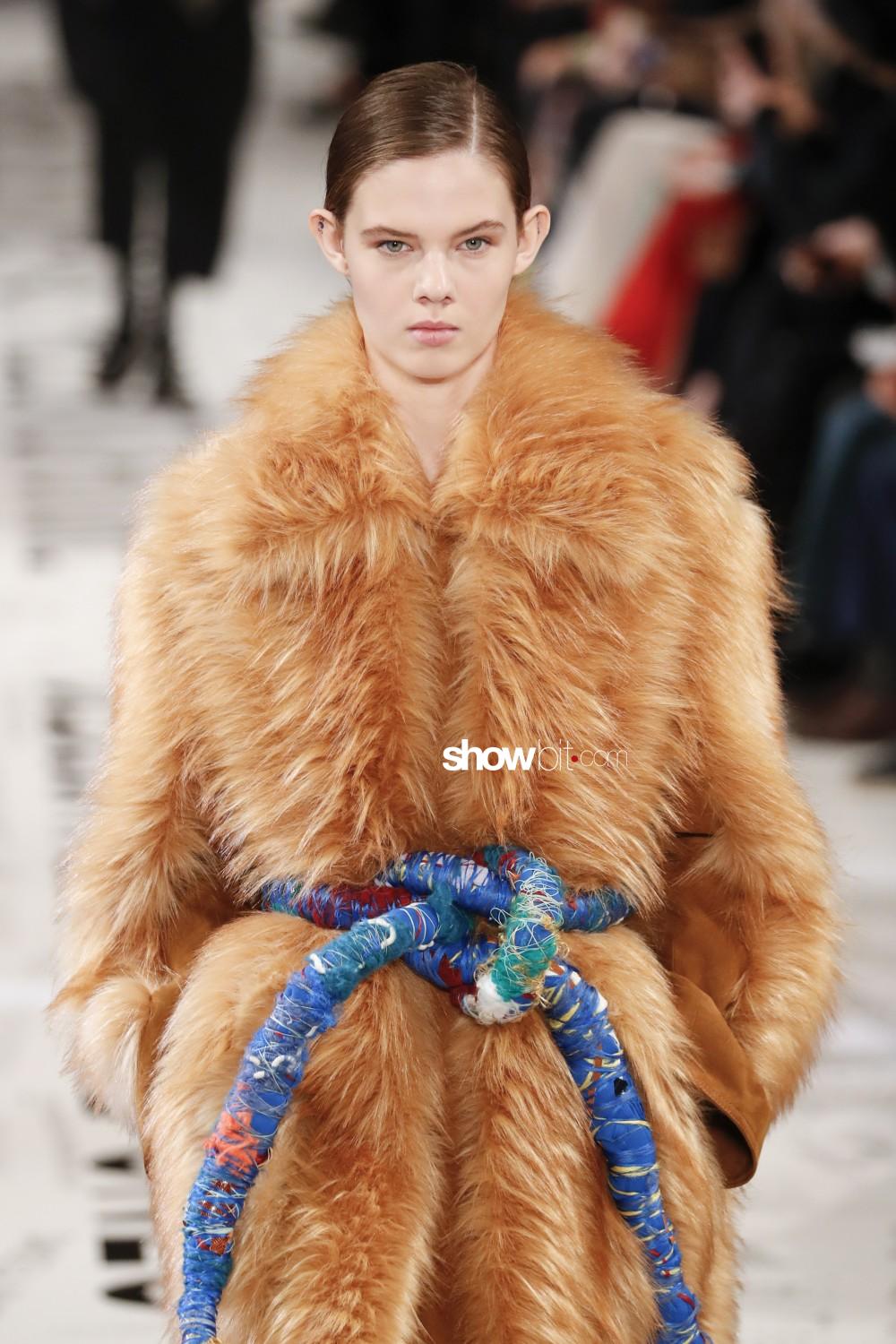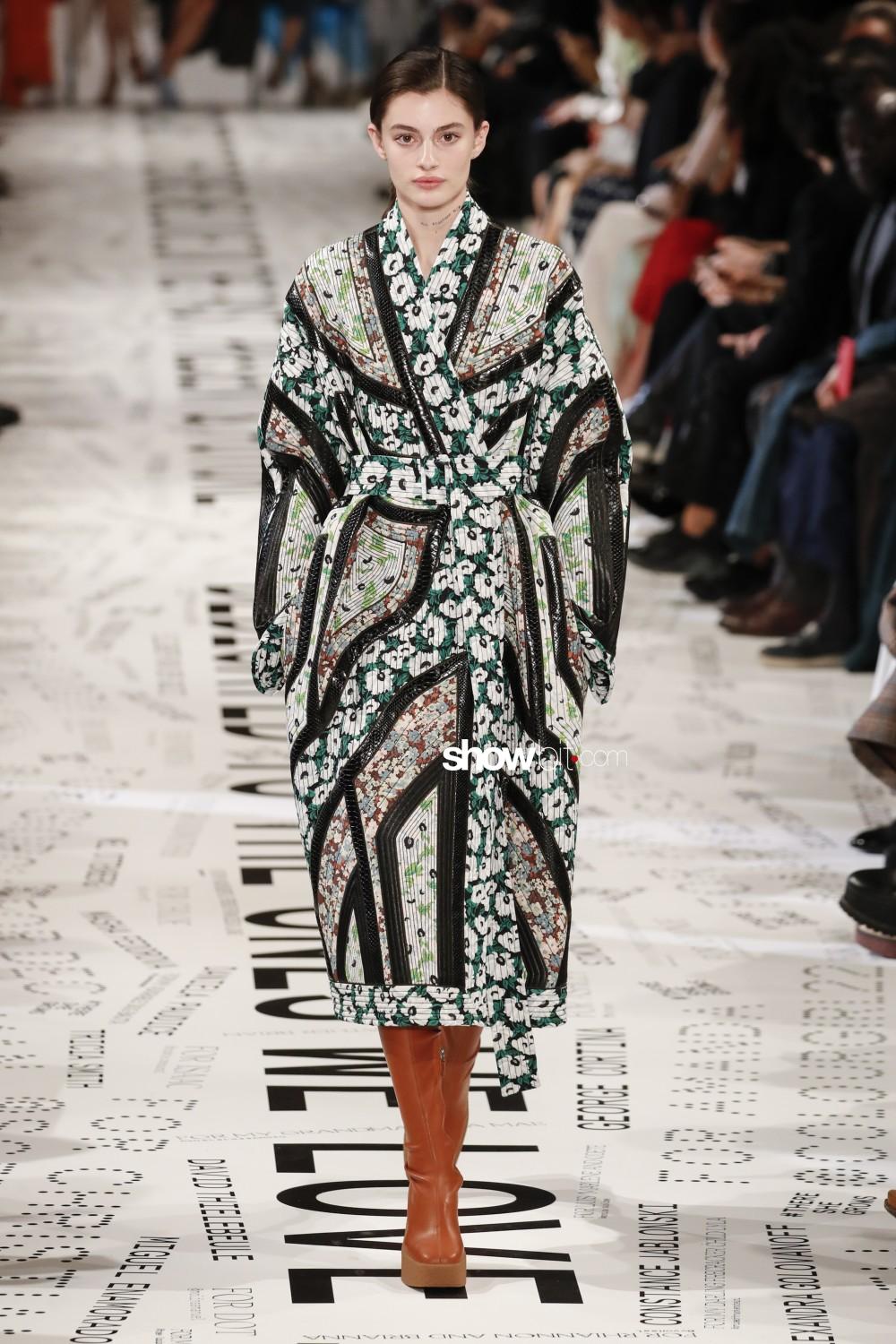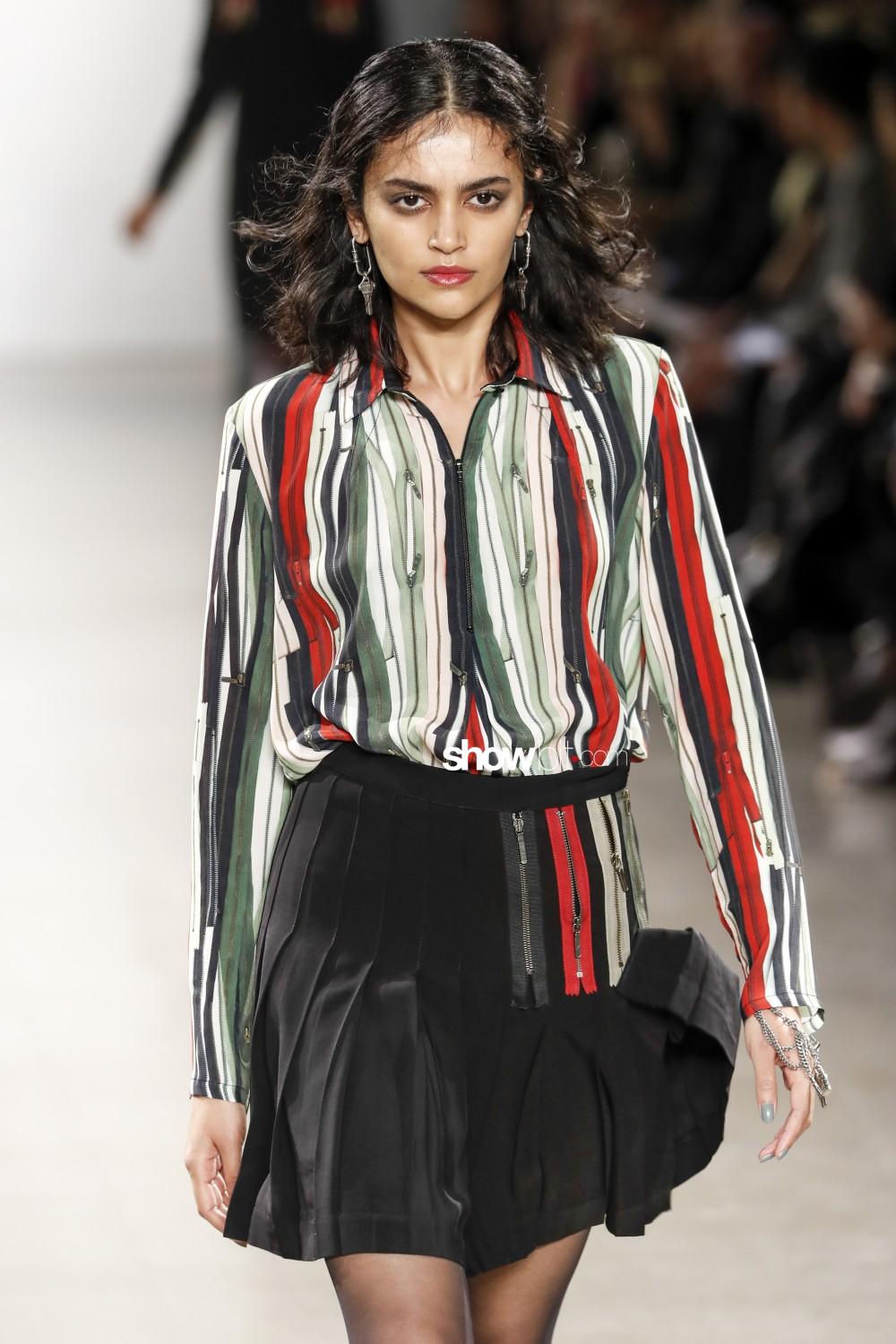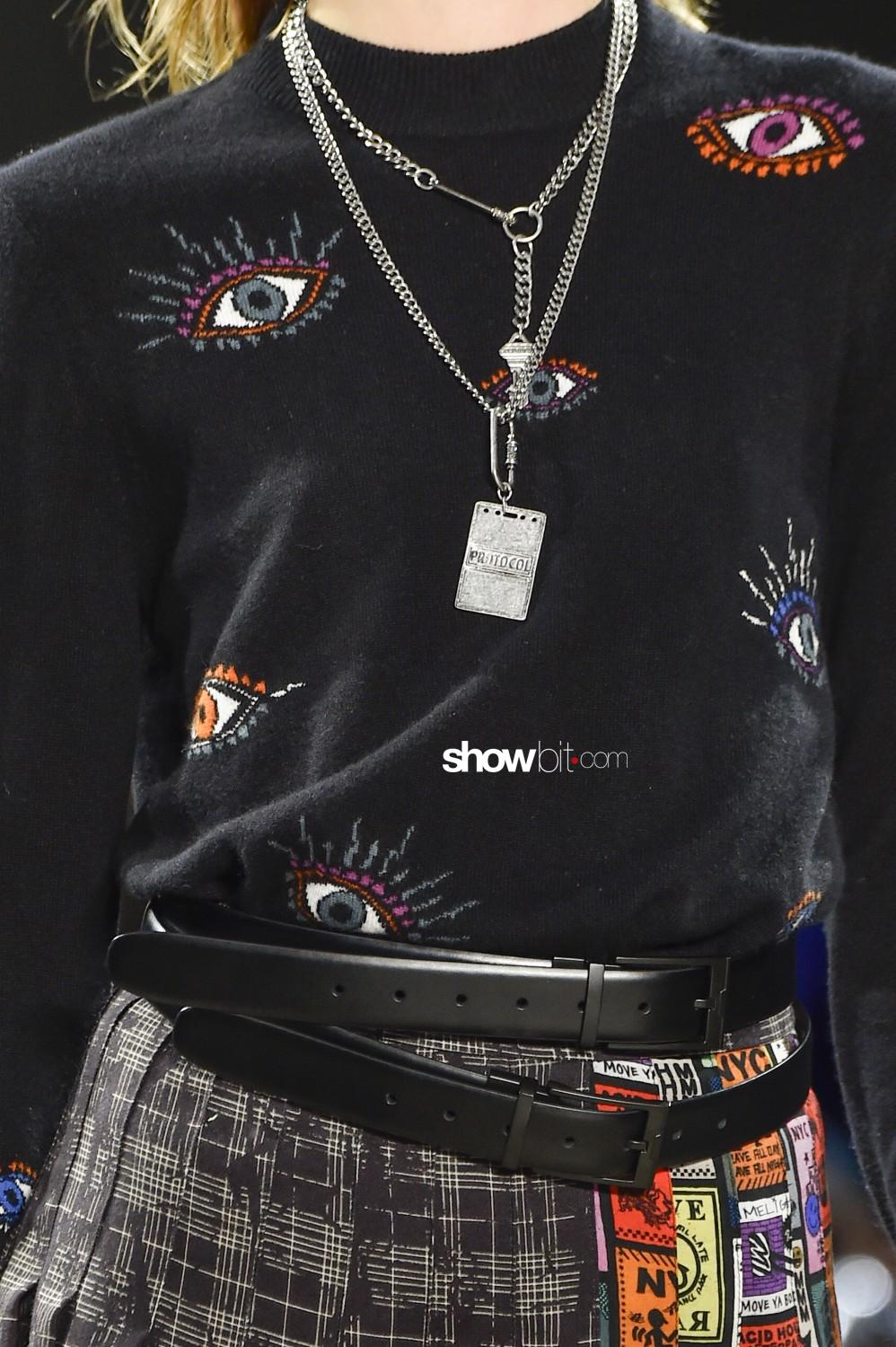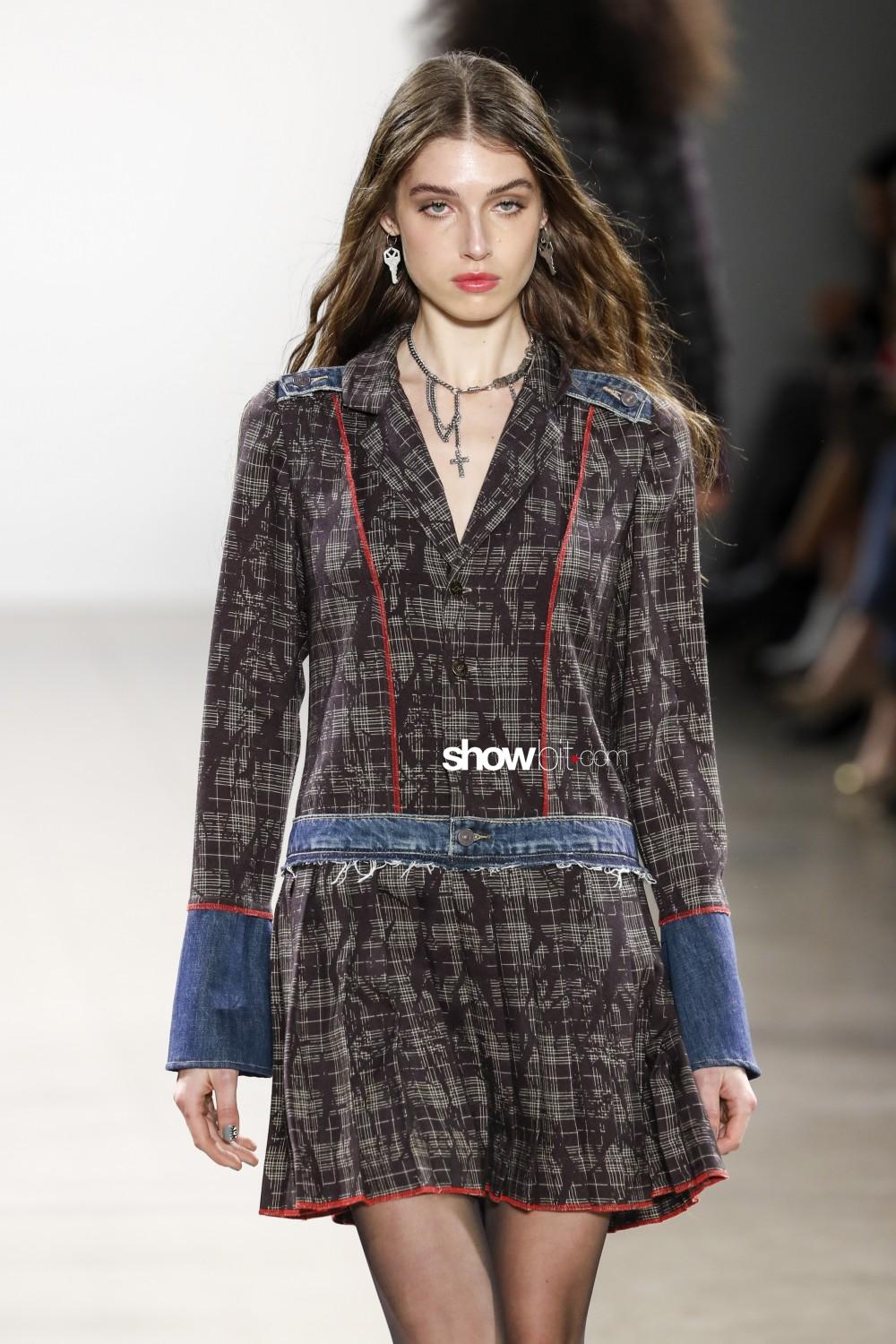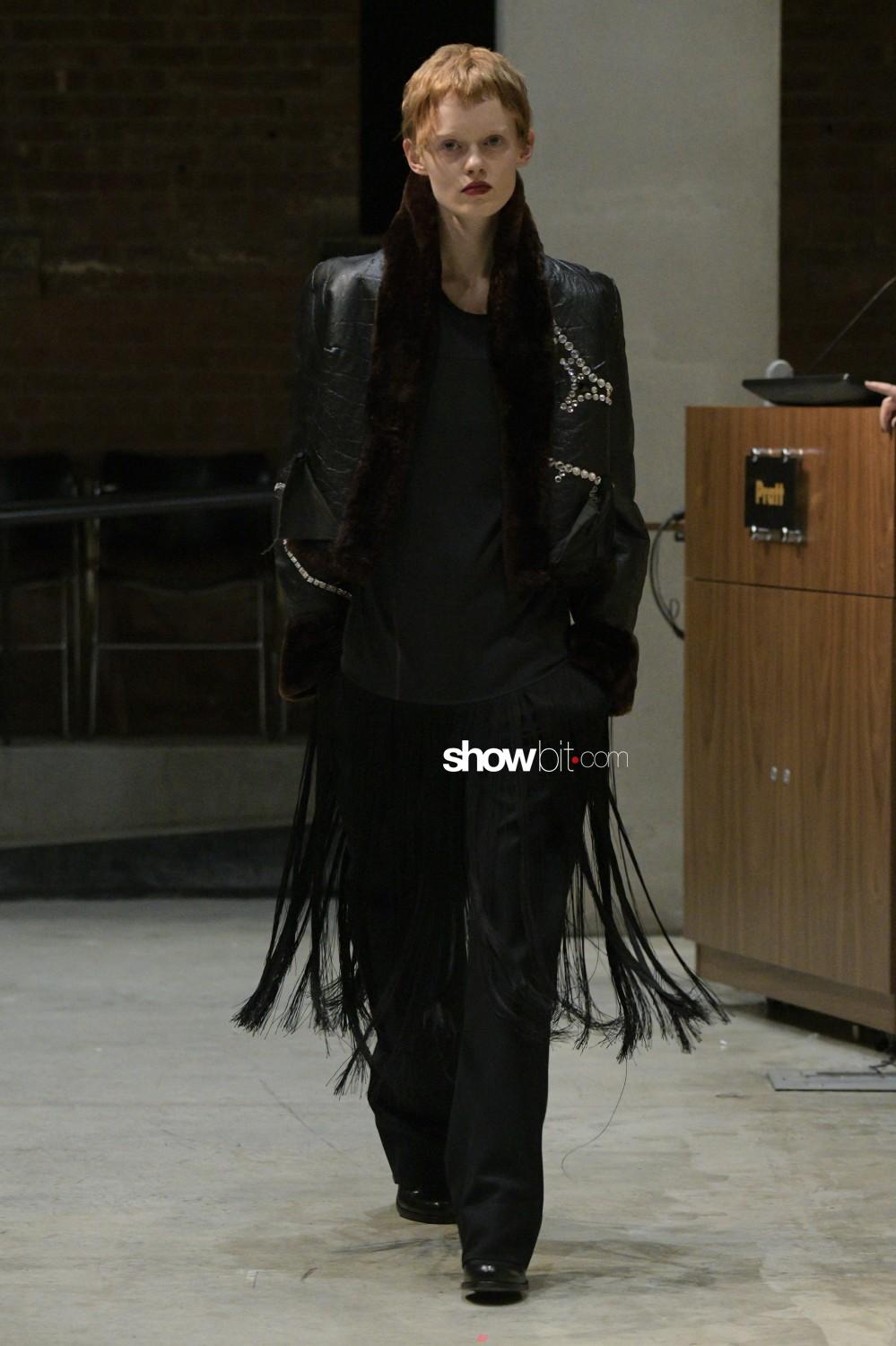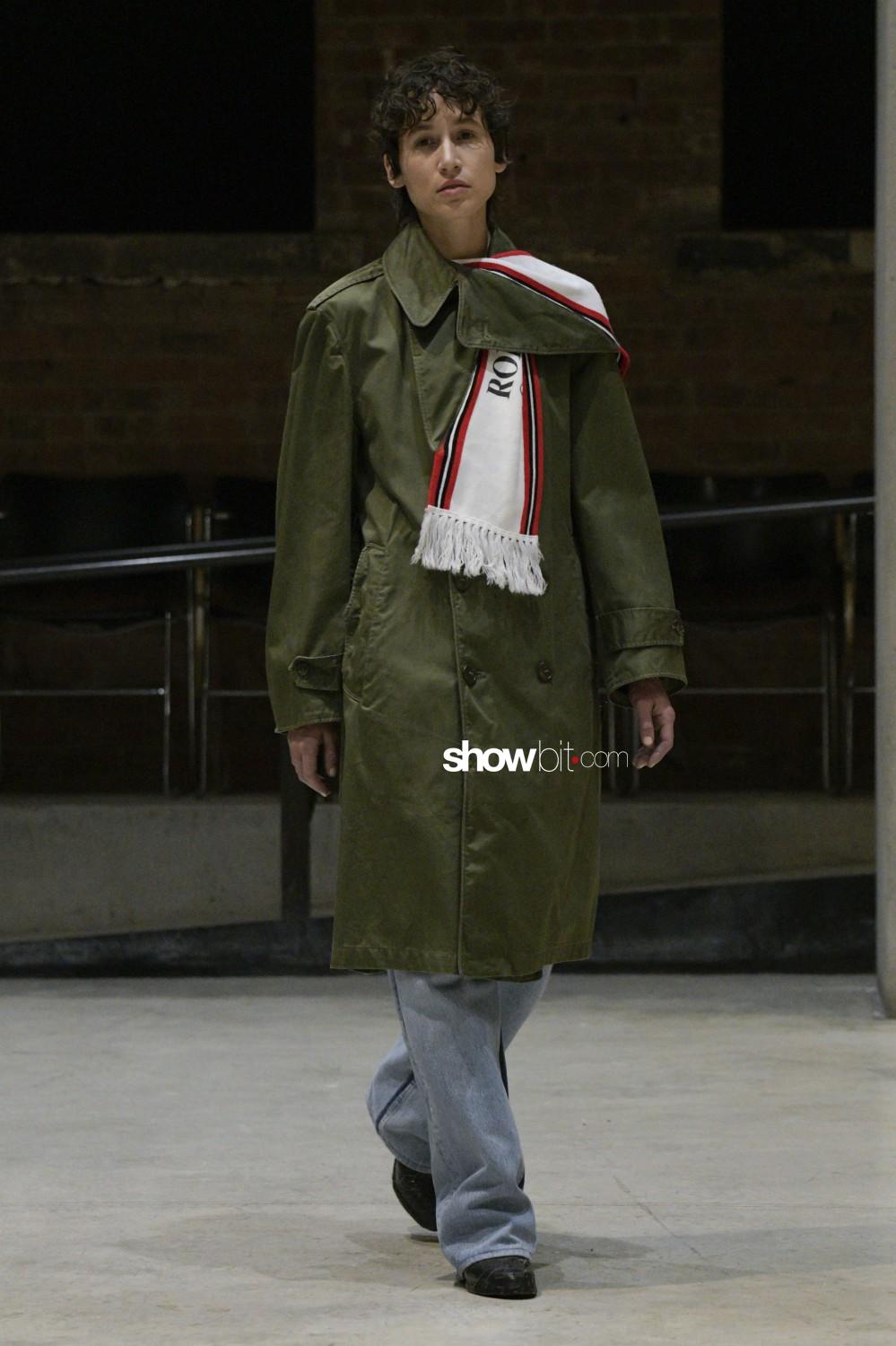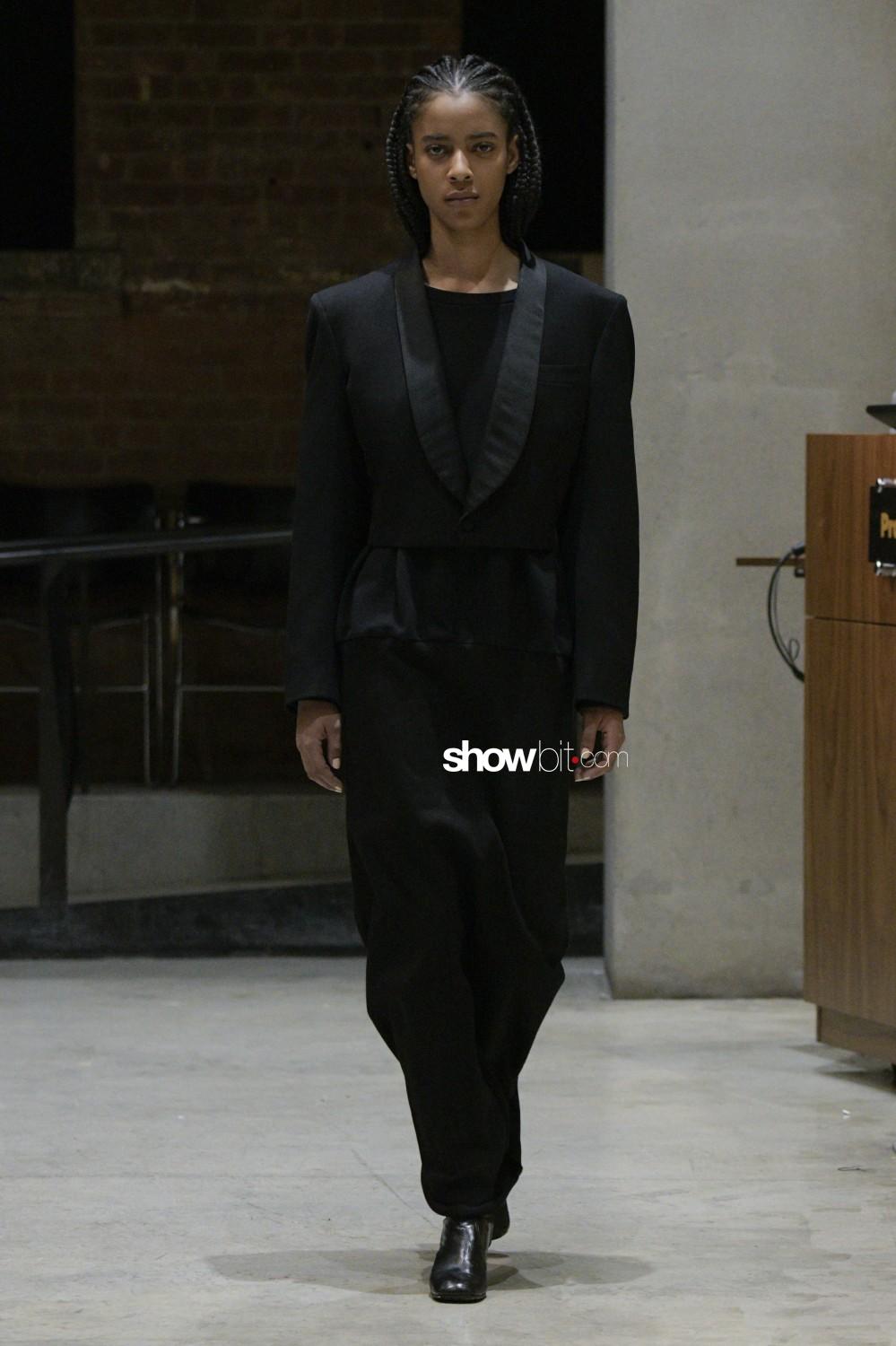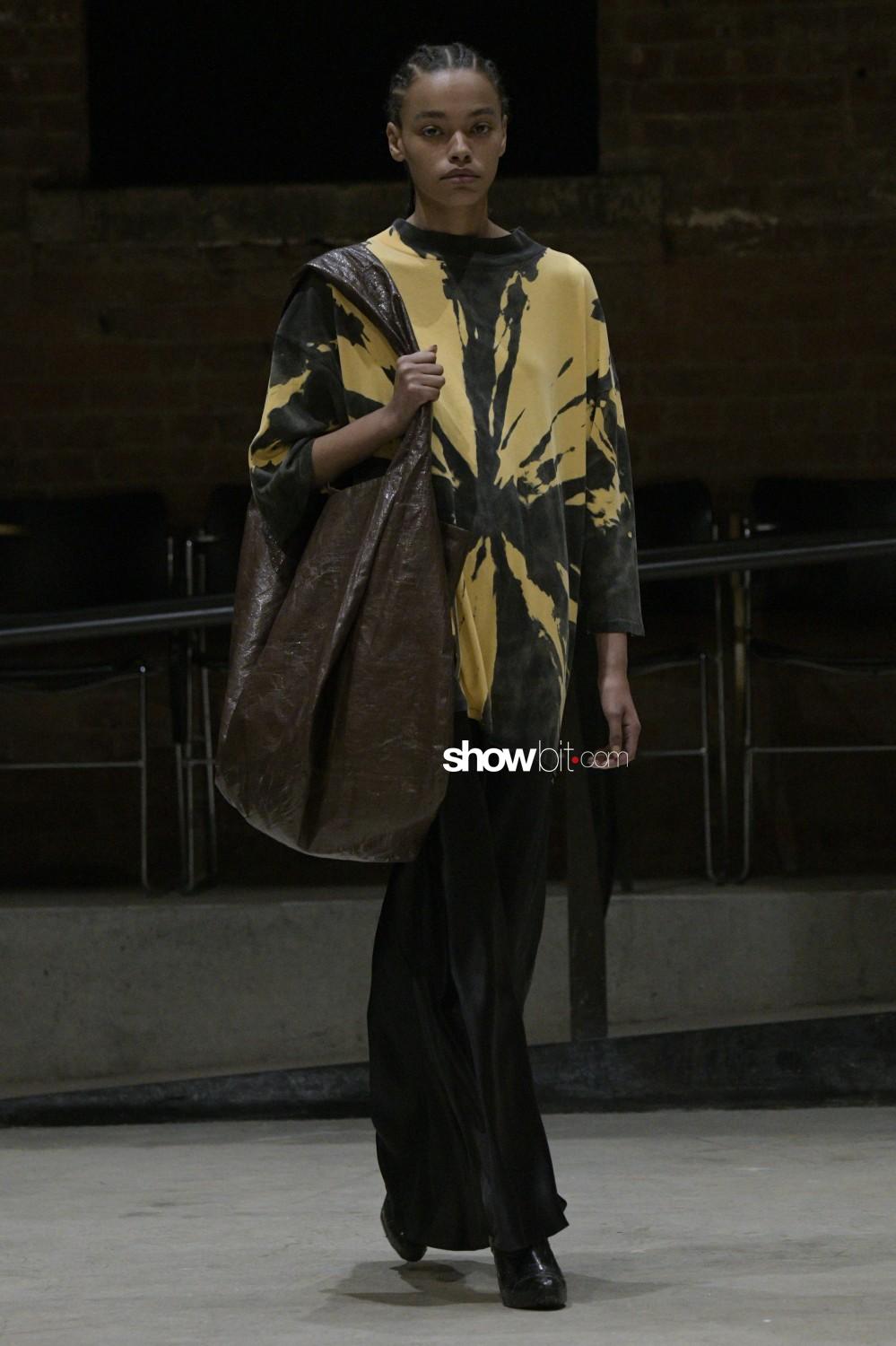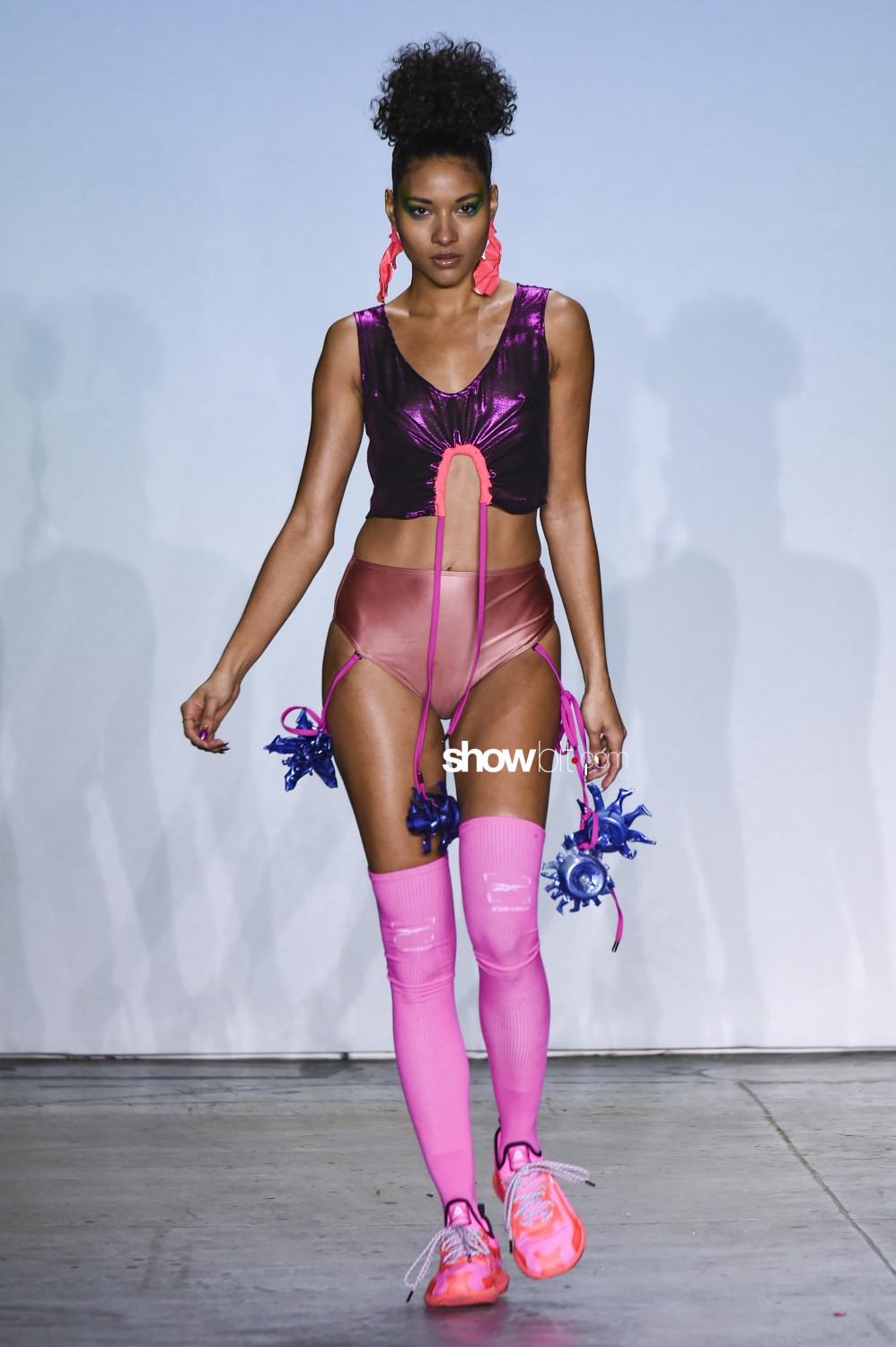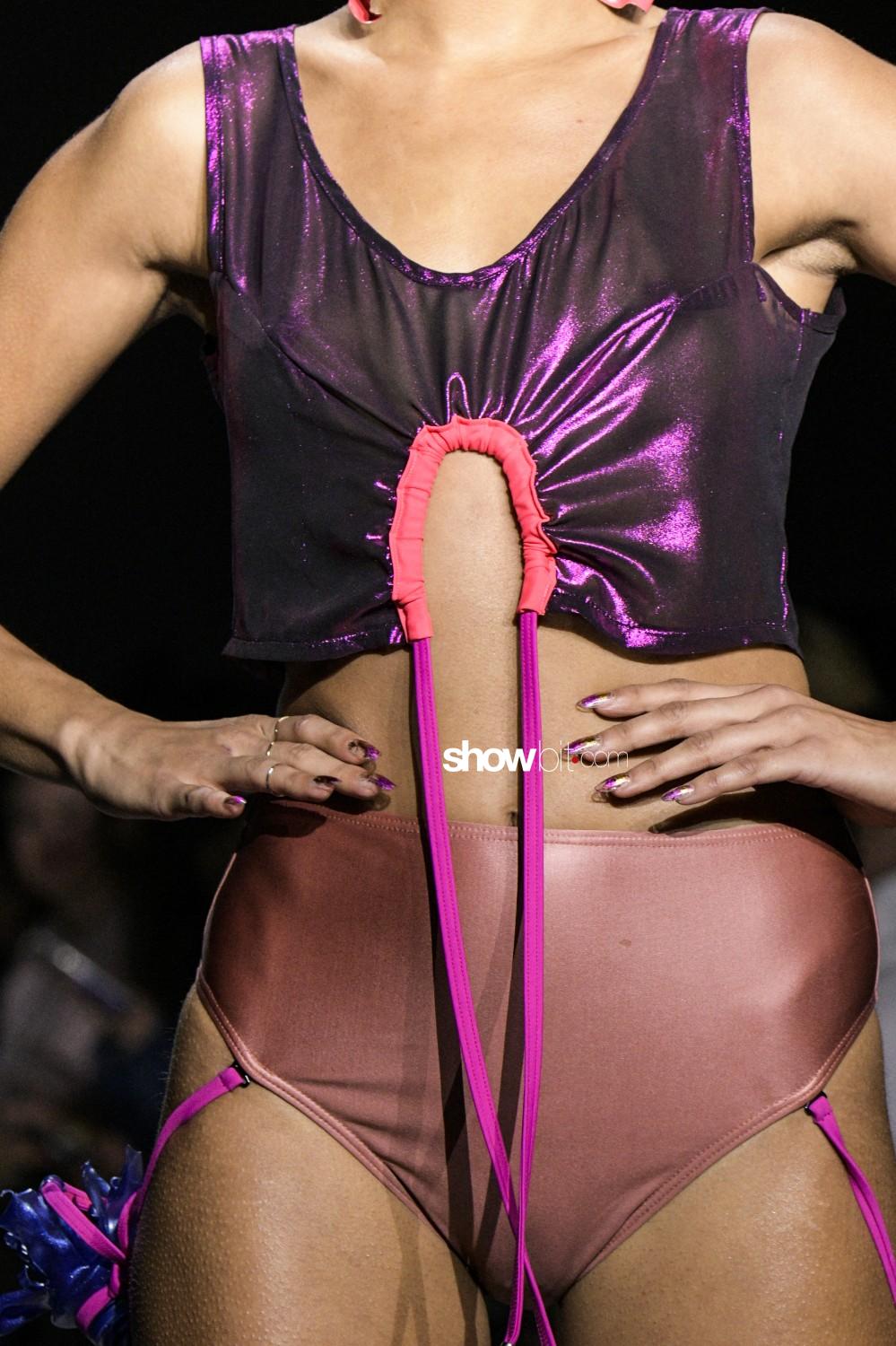Find all the close-ups and full-lengths from Stella McCartney Fall 2019 show
See all the close-ups and full-lengths from Nicole Miller Fall 2019 show
See all the full-lengths from CDLM – Creatures of the Wind Fall 2019 show
See all the close-ups and full-lengths from Chromat Fall 2019 show
In a Class by Itself
Many stories can be woven between the threads of a piece of clothing; even more can originate from a garment on the end of the line, which is given a brand new life. A garment which turns to be a resource instead of a discard. It’s called upcycling: a revived trend in fashion, that sees the old items re-worked for a new usage, with a new aesthetic – and even new technical performaces as well-, wanting to be a solution in terms of minor negative impacts on natural environment.
That of textile waste is undoubtedly a huge problem, for which the fashion industry is known to be one of the largest polluters globally: according to The New York Times, almost three-fifths of all garments production ends up in incinerators or landfills within a year of being produced. Upcycling is a process that concerns the smaller brands especially, as they start from what is now available in huge quantities. It can be easier and less expensive for them to procure deadstock or vintage garments for the purpose of upcycling in lieu of buying expensive new fabrics – that often require minimum orders. Second-hand garments become then canvases for their paintings and embroidery artwork; they provide textile surfaces to exploit, to cut and reassemble together or to submit to new treatments in order to originate a one-of-a-kind garment. It is a kind of fashion where the lines between fashion design and textile art are blurred: the final result is a real luxury item – because available in limited numbers – that is aesthetically appealing, functionally working for its purpose and environmentally sustainable, as it doesn’t add further discarded material in nature than what already exists.
But is this enough to push the consumers to buy this alternative fashion option? There’s something more to say about it: it is a product of a major sense of specialness, so different from what fast fashion and the mass-market brands are offering, as its uniqueness stands in its own story within its fibres. It creates connection to the clothing and the hands of the people making them, as well as a sense of continuity between past (the previous life of the garment and its death) and future (its new employment).
Catwalks have also been charmed by the upcycled, as it’s not only a fashion trend, yet a present and real necessity. We focused on four names, even though many other smaller labels are doing their part away from the fashion runways spotlights. Take a look at our photogalleries!
A paladin in sustainable practices in fashion, Stella McCartney is an industry leader on this subject. In her Fall 2019 collection, she sent on catwalk some colourful patchworks made from her previous collections deadstocks, yet what actually captured the public’s attention are the dresses made of strips of old T-shirts, treated as they were yarns to knit. Some of the other dresses are made with a kind of sustainable viscose she created starting from past collections remnants. This fabric is not identifyable among the others throughout her collection: McCartney’s fashion has an intrinsic luxury, a quite invisible yet effective eco-friendly atout, adding more value to the creative content of the garment, without the need to make a marketing statement out of it.
Nicole Miller is also conferring fashion a great sense of duty when it comes to responsable choices: that’s why she’s dedicating more efforts to recycling and reworking vintage pieces. Alongside faux-fur coats, denim and cashmere sweaters are tie-dyed and embellished with sequins, or again, assembled in functional patchworks. Great part of the denim was made from recycled soda bottles.
Existing vintage and deadstock fabrics are also the materia prima Shane Gabier and Christopher Peters used to create the Fall 2019 collection for their label Creatures of the Wind: pushed by the idea of how fashion can move forward, the creative duo made full use of 40’s French and military Japanese coats and deadstocks of Wranglers for the denim pieces, alongside environmentally friendly dyes.
Regenerated nylon from fishing nets recovered from the ocean was used to originate Chromat‘s new collection made of bright neon swimwear pieces. The creative mind behind the brand Becca McCharen-Tran pushed towards a more eco-conscious sensibility in fashion, being shocked by the damaged paradise in Miami, now on the climate change frontline, where flooding, high tide and red tide – a toxic algae that can burn your skin – are now everyday issues. To convey the message in a more outstanding way, some models carried plastic trash in their hands or used it as accessory.
These photos are only a low resolution demonstration.
If you want to use the hight resolution, you must subcribe to our images database. You may ask us any commercial information simply filling out our Contact Form. For editorial use only.
Follow us with the hashtag #showbitcom


